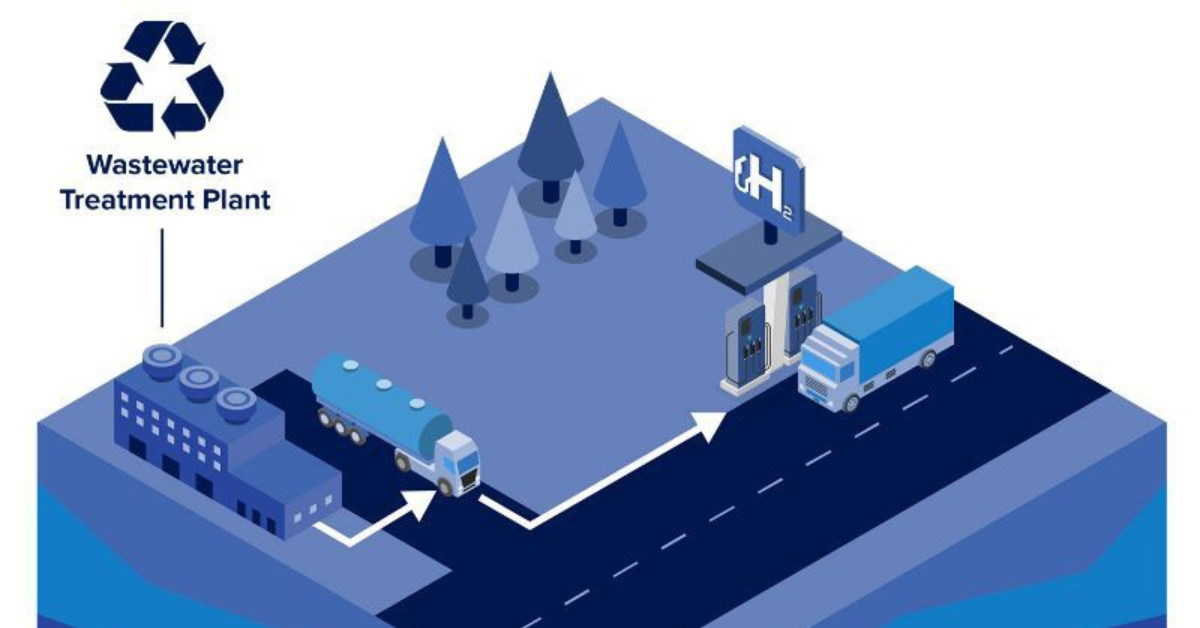Photochemical oxidation could create sustainable energy from water
Researchers from the Institute of Science, Tokyo, believe water has the potential to provide future sustainable energy sources through a process of photochemical oxidation, a process that uses light to split water molecules.
Splitting water to produce clean hydrogen
The study builds on previous research at the Institute of Tokyo, Japan, that has explored using different catalysts and conditions to split water into its component oxygen and hydrogen parts using sunlight. Different catalysts have been trialled producing a wide variety of results, and while each study suggested the method had potential to produce clean hydrogen, the catalysts used had resulted in drawbacks.
Researchers at the Institute of Science, Tokyo, have, therefore, been looking at ways to improve the efficiency of the catalytic materials.
Improving the efficiency of water oxidation
Water oxidation holds enormous potential to produce sustainable energy, but the catalytic activity and catalysts behind the reaction are not fully understood. The researchers, led by assistant professor Megumi Okazaki, have been actively investigating the factors that drive this process, with their latest breakthrough study published in the journal Chem Catalysis.
Photochemical water oxidation is a process that involves using light to split water molecules, releasing oxygen in the process. The team has been working improving the efficiency of the process, which could advance its ability to provide renewable energy solutions.
The team focused on role of Ru(II) photosensitizers, metal oxide (MOx) catalysts, and pH conditions.
Unlocking water's energy potential

To understand more about the process, the research team investigated the performance of Ru(II) photosensitizers when paired with various MOx catalysts under different pH conditions.
They employed a novel approach to estimate the reaction potential (EMOx) of the catalysts without requiring complex electrochemical setups. Instead, data analysis was used to identify the thresholds at which oxygen evolution began, and to evaluate how the potential gap between the photosensitizer and catalyst influenced the efficiency.
Several factors were found to influence the efficiency of the water oxidation process.
Okazaki told media: "Reaction potential (EMOx) plays a critical role in the water oxidation process, directly visualizing the driving force towards water oxidation that have never measured by any apparatus under reaction condition."
Onset pH conditions vary across different MOx catalysts. This determines whether the water oxidation takes places, highlighting the importance of tailoring reaction environments for each catalyst.
Moving towards real-world potential
The researchers are confident that the study confirmed that 'fine-tuning reaction potential and pH conditions can significantly enhance the efficiency of water oxidation'. Identifying optimal conditions for each catalyst provides a strategic framework for designing more effective systems.
Okazaki explained: "By developing a simplified method to estimate reaction potentials, we are making this research more accessible and cost-effective. This innovation could revolutionise the way we design and select catalysts, accelerating progress toward more efficient and sustainable energy solutions."
By exploring the interplay between catalysts, photosensitizers, and pH, the researchers believe the study lays the foundation for more efficient water oxidation systems. The potential for such a process is that it makes novel and practical solutions for solving the world's current energy problems and points the way forward for clean and sustainable energy generation.
The potential for incorporating an energy generating system into water generation or treatment footprints may be some way off, but studies such as these provide an insight into what is possible in the water-energy nexus.
Share your water technology stories with us
Do you have an innovation, research results or an other interesting topic you would like to share with the international water technology industry? The Aquatech website and social media channels are a great platform to showcase your stories!
Please contact our Sr Brand Marketing Manager Annelie Koomen.
Are you an Aquatech exhibitor?
Make sure you add your latest press releases to your Company Profile in the Exhibitor Portal for free exposure.
We promise never to send you spam and you can unsubscribe at any time!



